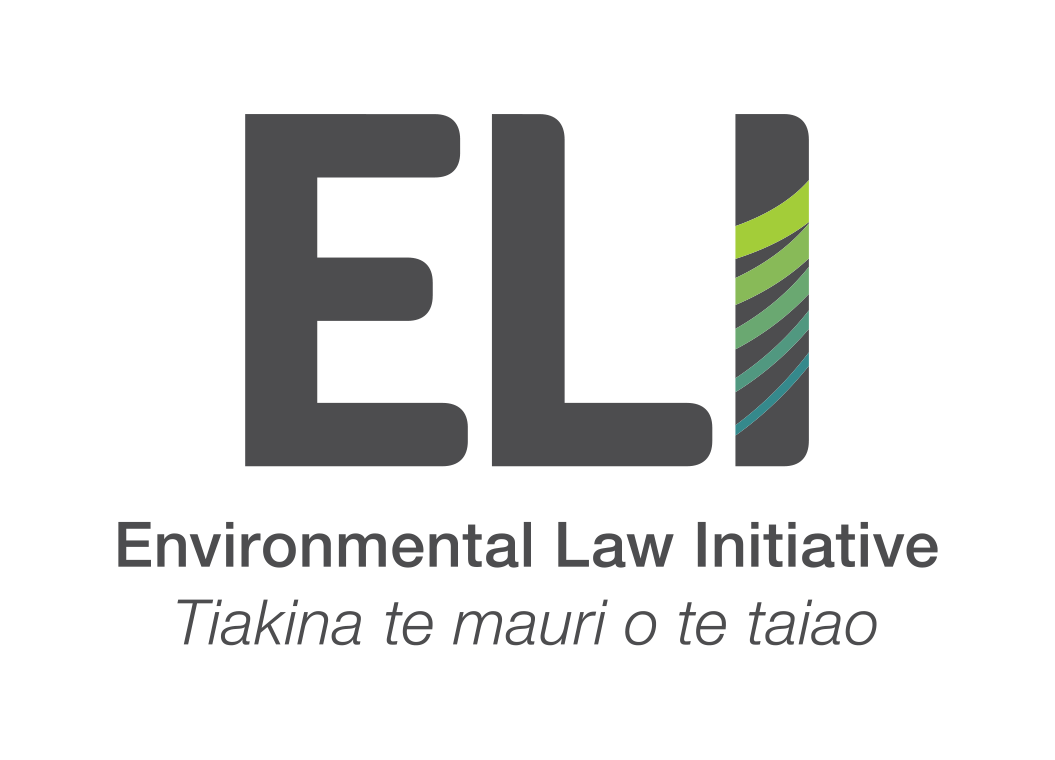Fighting for the future of freshwater in Canterbury
ELI v Environment Canterbury
We’re challenging Environment Canterbury on their ‘pollution rule’ allowing for the contamination of freshwater.
Freshwater is the most precious resource we have.
Canterbury holds the majority of Aotearoa's freshwater, but this public resource is significantly degraded because of intensive agriculture. This is particularly due to excess nitrogen wasted from farming systems. These nitrates flow into freshwater and groundwater where they accumulate.
Freshwater in Canterbury is currently regulated under the Canterbury Land and Water Regional Plan (CLWRP) under the Resource Management Act (RMA). In 2013 the Canterbury Regional Council introduced new nutrient management rules for farming across the region. As part of these, the plan (the CLWRP) introduced a new rule which allowed the resulting nitrogen pollution of freshwater.
We are challenging this rule in court. We believe this rule should never have been put in place without an assessment under s 70 of the RMA which requires the regulator to be satisfied that significant adverse effects on aquatic life are not likely to arise. Our case is that Environment Canterbury (ECan) failed to do this, hence we are arguing that the pollution rule is unlawful.
To improve freshwater management in Canterbury, we are seeking an order quashing the rule and declarations about what the law requires of regulators in applying s 70 of the RMA.
Why did we take this case?
Water is a public good. No one automatically has the right to pour contaminants or waste into water – or onto land, in circumstances where it may enter water.
ECan should be guaranteeing communities have access to clean drinking water and protecting freshwater ecosystems.
Yet many of Canterbury’s aquifers and lowland waterways are already degraded, commonly by pollution allowed from large areas of intensive farming. Between 1990 and 2022, dairy cattle numbers in Canterbury increased ten-fold (1009 percent) from 113,000 to 1.3 million.
A major report by the Ministry for the Environment recently found significant management weaknesses by Environment Canterbury (ECan) and according to ECan’s own data, groundwater concentrations of nitrogen-nitrate are likely or very likely increasing at a majority of sites.
We took this case as we believe in strong protections for freshwater and freshwater ecosystems, for the people of Canterbury and for all of Aotearoa.
Case timeline
December 2023: Filed for judicial review
May 2025: Hearing to be held in the Christchurch High Court.




